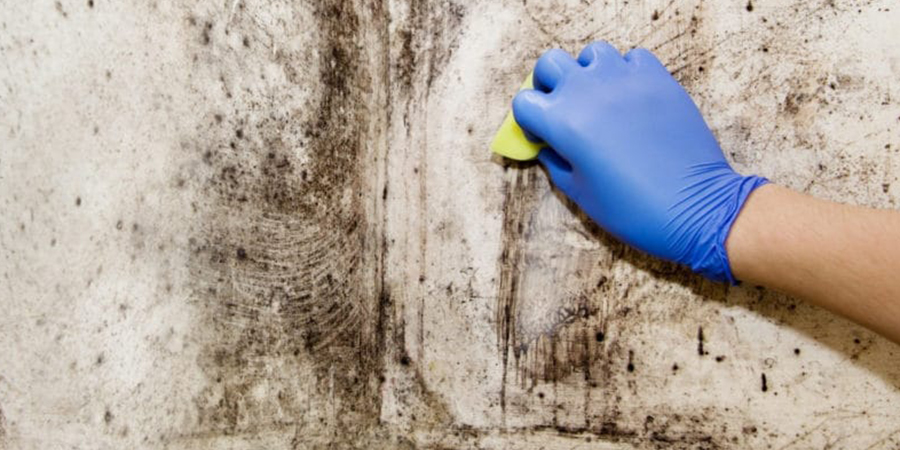
Is it true that mold is just a harmless, ugly nuisance that you can simply scrub away with a bit of elbow grease and bleach? We’re here to tell you, it’s not quite as straightforward as that.
In reality, mold is a serious issue that requires professional attention – the process is known as mold remediation. Let’s unpack the complexities of this critical procedure, revealing why it’s an essential part of maintaining a healthy living or working environment.
Understanding Mold and Its Dangers
Before diving into the remediation process, let’s first understand the often-underestimated enemy – mold, and the potential dangers it presents.
Mold is a type of fungus that thrives in damp environments and reproduces by releasing spores into the air. These spores can survive even in harsh conditions, waiting for the right environment to start growing.
Despite its seemingly harmless presence, mold can pose severe health risks, especially for people with weak immune systems, allergies, or respiratory conditions. Exposure to mold can cause a range of health problems, from minor irritations like coughing and wheezing to more severe issues such as asthma attacks, lung infections, and even neurological problems in extreme cases.
Mold can also damage the structures it grows on. If left unchecked, it can deteriorate walls, floors, and ceilings, leading to costly repairs and potentially dangerous situations. It’s not an enemy we can simply ignore; mold’s resilience and potential for harm necessitate immediate and efficient action.
In our homes, we often provide the perfect conditions for mold growth without realizing it: dampness from leaks, high humidity levels, and warm temperatures. It’s essential to keep an eye out for signs of mold, such as discoloration on walls, a musty smell, or increased allergy symptoms.
Understanding mold and its dangers is the first step in the remediation process. It’s not just about making our homes look clean; it’s about ensuring our homes are safe and healthy environments. Now that we’ve identified the enemy, we’re better equipped to tackle it.
Initial Mold Assessment Steps
Armed with an understanding of the enemy, we’re ready to kick-start the mold remediation process with the initial mold assessment steps. This process, as integral as it’s meticulous, is all about identifying the presence, location, and extent of mold growth in a given space.
Our first step is to conduct a thorough inspection of the property. We’ll use advanced tools like moisture meters and infrared cameras to detect hidden mold and water damage. It’s crucial to identify the source of moisture causing the mold growth, as it’s the only way to prevent future infestations.
Next, we’ll collect samples, if necessary, for lab analysis. This will help us identify the type of mold we’re dealing with, and plan the most effective remediation strategy. We’re not just looking for visible mold – hidden mold is often more dangerous and harder to detect.
Best Handmade Wood Furniture Near in Maryland and DC
June 26, 2025
Comments are closed.
More News
-
What to Look for When Choosing an Apartment Broker
April 30, 2024 -
Leasing Solar Panels and the Merits of the Same
July 25, 2024 -
Construction Clean-Up Work? Call Elite Service Solution
February 8, 2025







